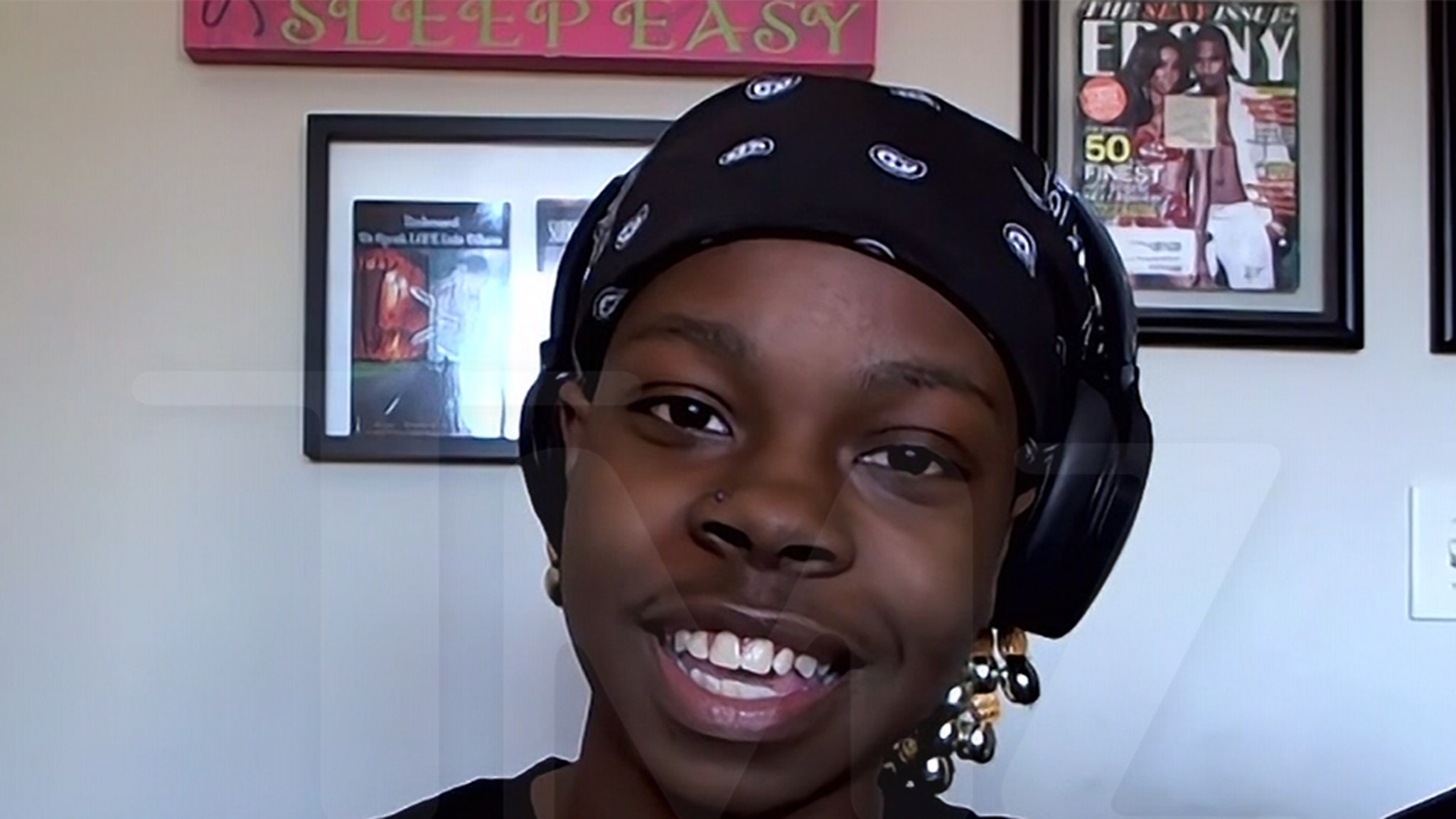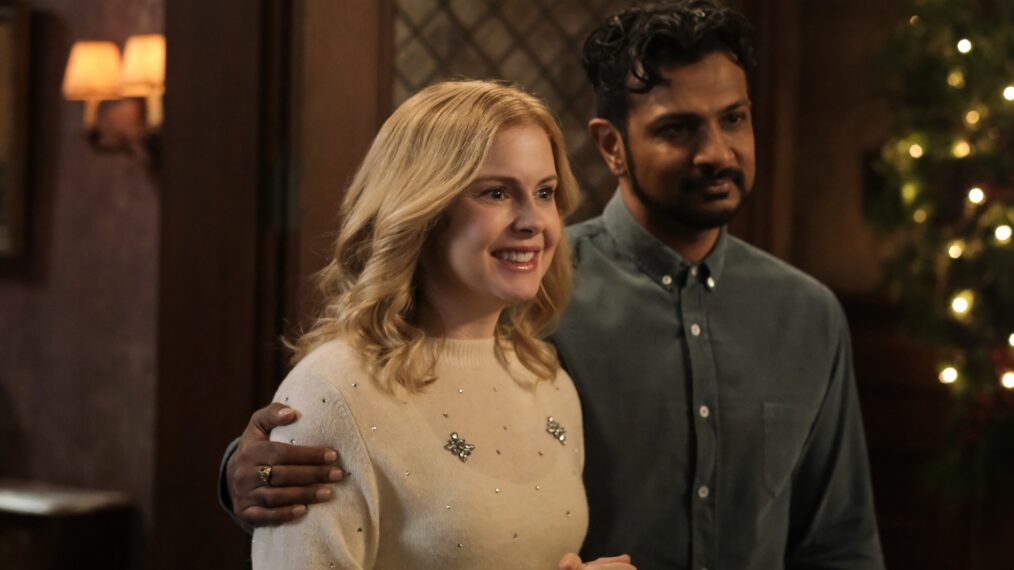Austrian filmmakers Veronika Franz and Severin Fiala already established a reputation for bleak, atmospheric horror with their debut feature, Goodnight Mommy, and their bleaker follow-up, The Lodge. Their latest, The Devil’s Bath, continues that trend with their most despairing effort yet, mining period horror from history. It’s an affecting yet grueling depiction of life in 18th-century Austria, immersive in the way it creates profound, methodical empathy for a tender-hearted woman trapped by isolation.
A shocking act of violence opens The Devil’s Bath, one that lays the narrative groundwork while offering ample horror to hold fans over as it shifts into a meticulous character study. It’s the type of cold open that’s unsettling and taboo, shaking up the filmmakers’ usual depiction of evil children. From there, the film introduces Agnes (Anja Plaschg), a gentle soul with an affinity for kindness and nature. We meet Agnes on the day she’s to wed her betrothed, Wolf (David Scheid). The village-wide revelry shows promise of enduring happiness for the new couple, but Agnes quickly finds herself struggling to adapt to Wolf’s way of life.
Combined with societal pressures, the young bride finds her desperation mounting as isolation sets in, escalating until it pushes her down a dark path toward evil.

Photo Credit: Courtesy of Ulrich Seid Film Produktion and Heimatfilm. A Shudder Release.
Shot on glorious 35mm, Franz and Fiala painstakingly recreate the period to depict the harsh realities of the 18th century. The gentle Agnes is wholly unprepared for the labor intensive life on Wolf’s land, from the physically grueling work of mongering fish from Wolf’s muddy pond to the strict schedule her mother in law, Mother Gänglin (Maria Hofstätter), expects her to already know. Agnes’ despair grows increasingly dire the more she fails her wifely duties.
It’s not just the stunning production design that conveys the crude way of life but the subtle character details that shape Agnes’ daunting arc. Scheid infuses Wolf with a sympathetic nature but one duty bound to his responsibilities. Wolf loves and cares for Agnes, but he, too, is shackled by the societal norms of this era. His pure but unromantic love for Agnes eschews 18th-century norms, and it further catalyzes her psychological unraveling.

Photo Credit: Courtesy of Ulrich Seid Film Produktion and Heimatfilm. A Shudder Release.
Of course, this film belongs to Plaschg, who instantly endears with her kind-hearted nature but rips your heart out with the film’s emotionally devastating finale. The horror here stems from reality and historical accounts centered around depression in an age where medicine was primitive. Franz and Fiala take it to physical extremes as Agnes resorts to more and more desperate measures to cauterize her suffering. But it’s Plaschg that makes Agnes’ anguish palpable, delivering a rousing, heartbreaking emotional breakdown in the climax.
The Devil’s Bath saturates itself so thoroughly in misery and psychological distress that it’s difficult not to be affected by Agnes’ plight. But it also leaves you so wrung out emotionally that it’s not one that you’ll want to revisit again any time soon. That the horror stems from grim reality and historical accounts leaves no room for levity or escapism; it’s two hours of escalating suffering, building toward a horrific finale that packs a potent, somber punch. The exquisite craftsmanship and powerhouse performances keep you deeply invested in this downward spiral, but buckle up: it’s a downer of the highest order.
The Devil’s Bath opens at the IFC Center in New York June 21 before arriving exclusively on Shudder on June 28.
















































































